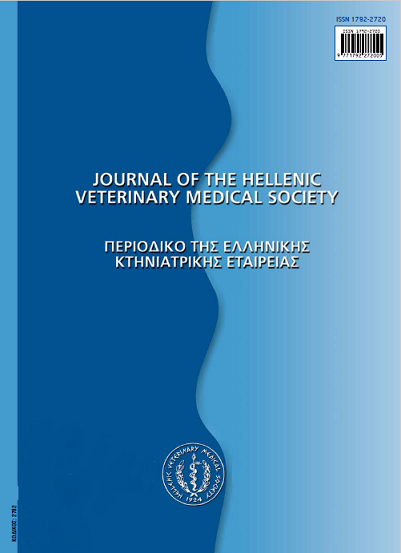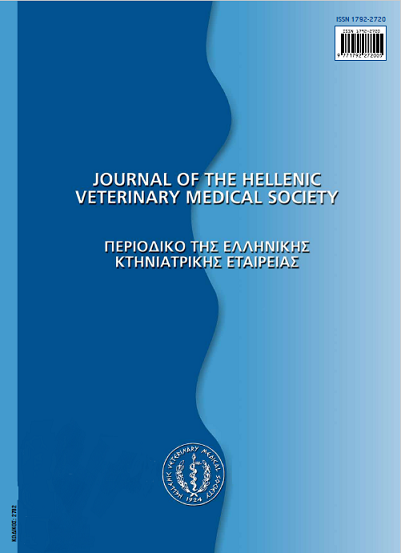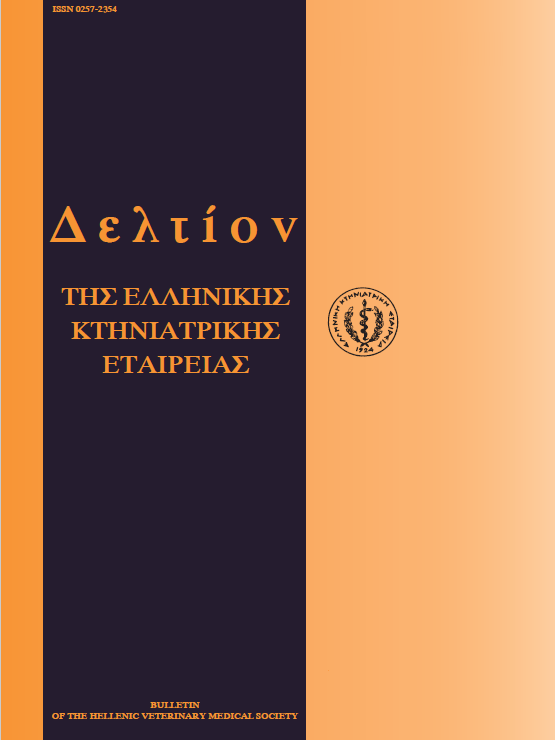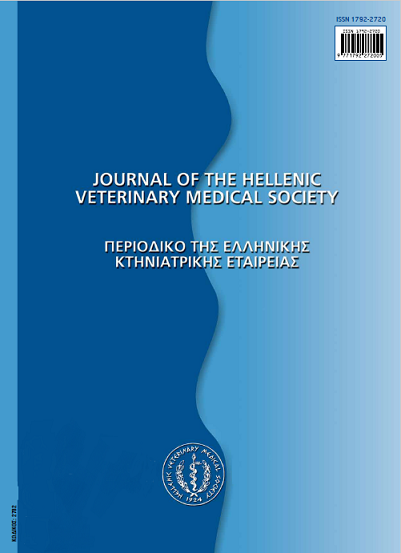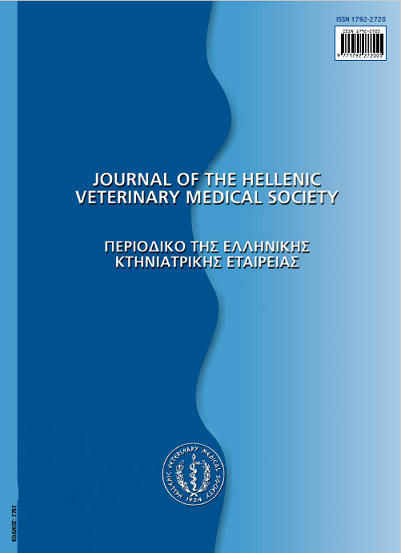Molecular diagnostic investigation of brucellosis in a caprine organic farm
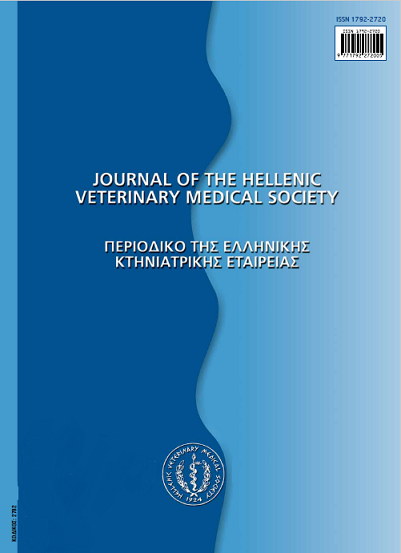
Abstract
Brucellosis of sheep and goats is widely spread in the Mediterranean basin. The disease is of considerable significance with connection to Public Health protection since it can be transmitted to humans causing serious disease. In April 2005 we investigated whether brucellosis was present among the male animals of a caprine organic herd in Nomos Hleias, Greece. The herd consisted of 250 female and 13 male animals and had a record of sporadic abortions usually taking place at the final third of gestation. During sample collection all the animals were found clinically healthy, although it was not possible to determine from the records of the farm if there was any previous incidence of orchitis or epididymitis in the animals under study. The laboratory diagnostic investigation consisted of a polymerase chain reaction (PCR) assay applied for the detection of DNA belonging to Brucella melitensis in blood samples. Two of the 13 samples that were tested reacted positive by PCR allowing the amplification of the 844 base pair DNA fragment specific for Brucella melitensis. In this study, PCR allowed detection of two animals that although they were clinically healthy, they carried enough Brucella in their blood to allow microbial identification with only a single blood collection. This finding seems to agree with the concept that goats consist the reservoir of brucellosis in Greece developing milder disease than sheep and sustaining the infection for longer periods of time. One of the positive samples that were recorded was identified by sequencing as Brucella suis, something that is reported for the first time with connection to goats. This finding and the sensitivity of man to B. suis renders human exposure to this pathogen through goats, an epidemiology factor worth of detailed investigation. This necessity is associated with the fact that as opposed to porcine meat, sheep and goat dairy products in Greece are sometimes consumed without the necessary heat treatment.
Article Details
- How to Cite
-
IKONOMOPOULOS (I.A. ΟΙΚΟΝΟΜΟΠΟΥΛΟΣ) J. A., GAZOULI (M. ΓΑΖΟΥΛΗ) M., XYLOURI (Ε. ΞΥΛΟΥΡΗ) E., GEORGAKILAS (E.K. ΓΕΩΡΓΑΚΙΛΑΣ) E. K., KARAGIANNI (Π. ΚΑΡΑΓΙΑΝΝΗ) P., & MENEGATOS (Ι. ΜΕΝΑΓΑΤΟΣ) I. (2017). Molecular diagnostic investigation of brucellosis in a caprine organic farm. Journal of the Hellenic Veterinary Medical Society, 57(3), 217–222. https://doi.org/10.12681/jhvms.15042
- Issue
- Vol. 57 No. 3 (2006)
- Section
- Case Report
Authors who publish with this journal agree to the following terms:
· Authors retain copyright and grant the journal right of first publication with the work simultaneously licensed under a Creative Commons Attribution Non-Commercial License that allows others to share the work with an acknowledgement of the work's authorship and initial publication in this journal.
· Authors are able to enter into separate, additional contractual arrangements for the non-exclusive distribution of the journal's published version of the work (e.g. post it to an institutional repository or publish it in a book), with an acknowledgement of its initial publication in this journal.
· Authors are permitted and encouraged to post their work online (preferably in institutional repositories or on their website) prior to and during the submission process, as it can lead to productive exchanges, as well as earlier and greater citation of published work.





